T4K3.news
Rare brain infection linked to Lake of the Ozarks
A Missouri resident is hospitalized with a brain-eating infection after possible exposure during water activities at Lake of the Ozarks.
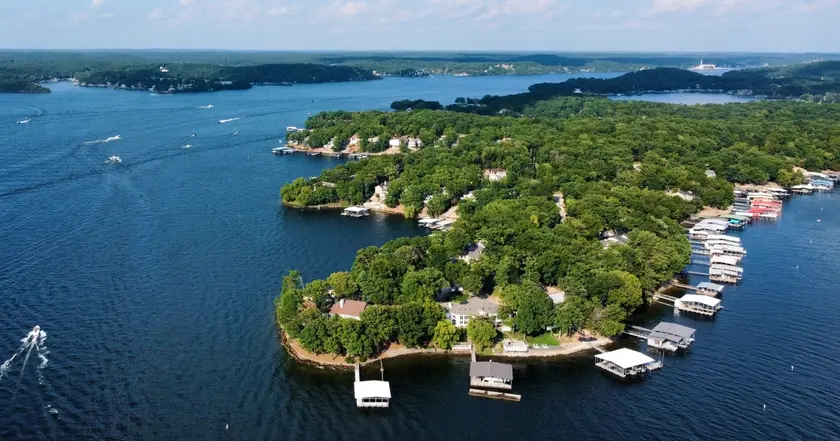
A Missouri resident is hospitalized with a rare brain infection thought to be linked to warm freshwater exposure at a central Missouri lake.
Missouri resident hospitalized with brain-eating infection possibly linked to Lake of the Ozarks
A Missouri resident is hospitalized with a brain infection believed to be caused by Naegleria fowleri, possibly after water skiing on Lake of the Ozarks. Health officials describe PAM as a rare but deadly brain infection that can occur when the amoeba enters the nose. The patient’s identity has not been released by the Missouri Department of Health and Senior Services.
Officials say the risk remains extremely low. Since 1962, the United States has recorded 167 PAM cases. NAegleria fowleri is commonly found in warm freshwater, and infection remains very rare. Guidance to reduce risk includes avoiding nasal exposure during water activities in warm lakes, using nose clips, and steering clear of lake sediment where the amebas are more likely to live. The state also notes a recent South Carolina case involving a 12-year-old swimmer to remind the public to seek prompt medical care for symptoms such as headache, fever, nausea, or vomiting. The CDC says most patients progress rapidly and can die within days after symptoms begin.
Key Takeaways
"Recreational water users should assume that Naegleria fowleri is present in warm freshwater across the United States; however, infection remains very rare."
MDHSS on the general risk and rarity of PAM
"Early symptoms of PAM include headache, fever, nausea, and vomiting."
CDC guidance on symptoms
"We stand beside this family not only to seek the truth, but to help ensure no other family endures a loss like this."
Bailey Law Firm statement related to the SC case
"Between 1962 and 2024, there were only 167 reported cases of the infection in the United States."
CDC data on historical cases
This incident shows how a rare danger can become a public talking point when a lake is popular. Officials need to warn without inflaming fear, offering clear, practical steps that people can take. The focus should be on guidance that helps swimmers and boaters protect themselves without turning lakes into unsafe spaces.
The case highlights a larger need for consistent, accessible water-safety messaging across states as summer activities rise. Authorities must provide steady reminders about simple precautions, while leaving room for ongoing monitoring and updated guidance as conditions change at popular recreation sites.
Highlights
- Water safety stays simple and steady in warm lakes
- Rare infections demand calm, practical precautions
- Stay informed, stay cautious, stay safe on the water
- Data keeps risk in perspective, not panic
Public health advisory risk concerns
The report involves a rare but deadly brain infection linked to warm freshwater. Messaging should warn and guide without causing panic, and should emphasize practical precautions.
Officials will keep tracking cases to refine safety guidance for lakes this season.
Enjoyed this? Let your friends know!
Related News
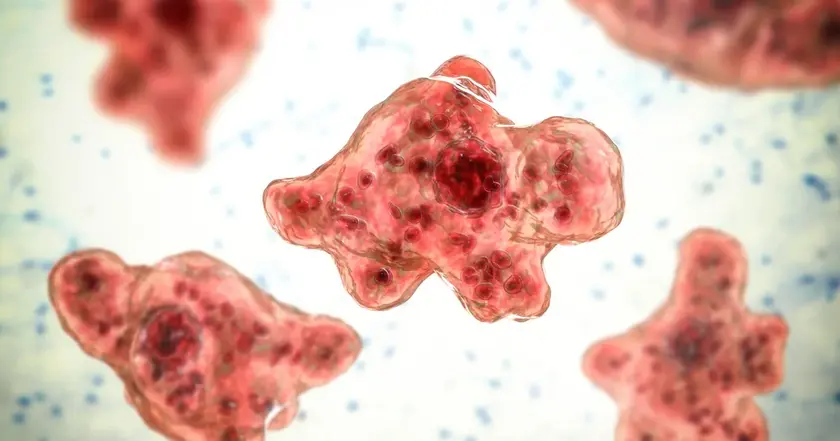
Missouri reports a rare brain infection linked to lake activity
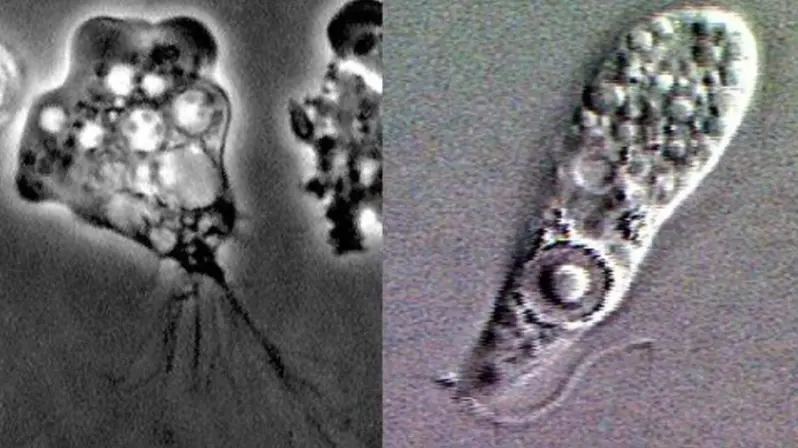
Lake of the Ozarks amoeba case

Rare brain eating amoeba case confirmed in Missouri

Pediatric death linked to brain-eating amoeba

Parents of boy who died from brain-eating amoeba speak out
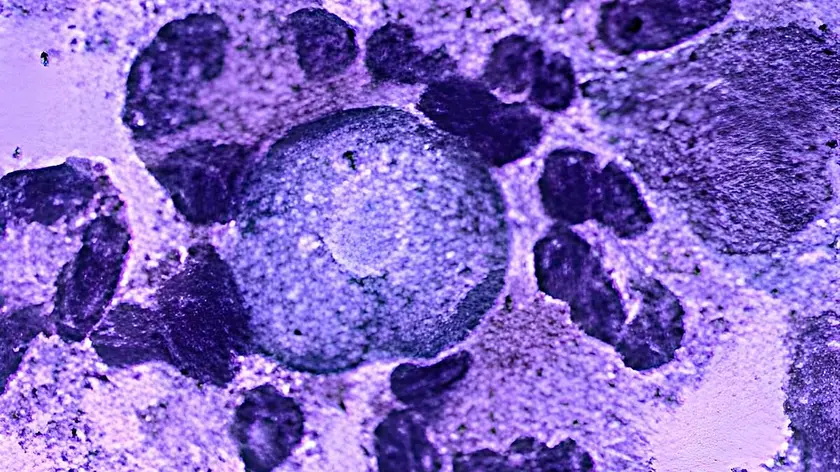
Child dies from brain-eating amoeba after swimming in South Carolina lake
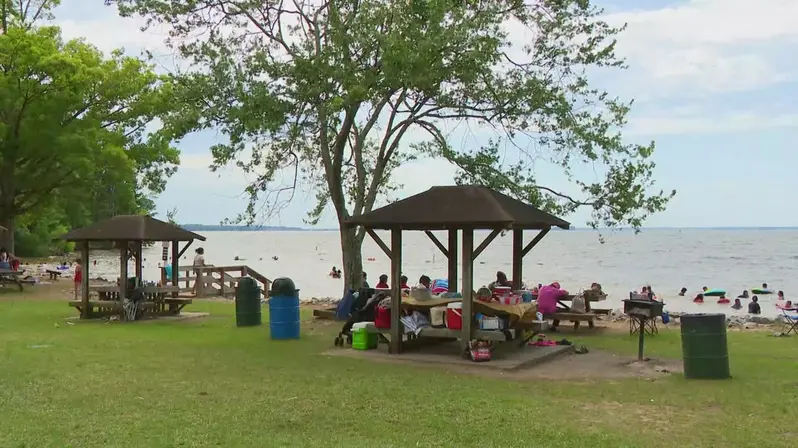
South Carolina confirms death from brain-eating amoeba
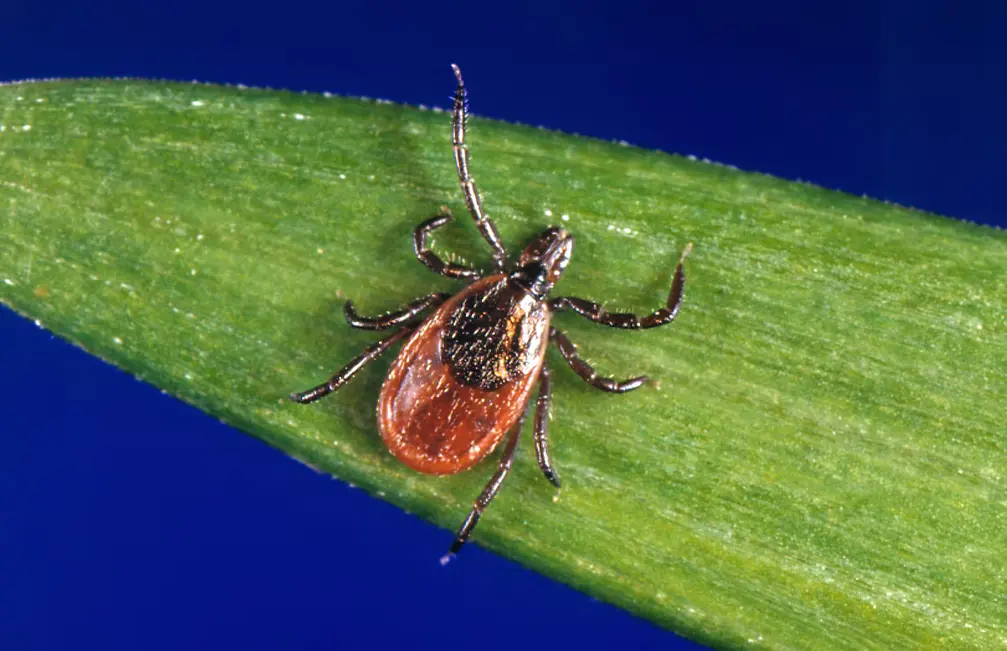
Investigation into Powassan virus case on Martha’s Vineyard
